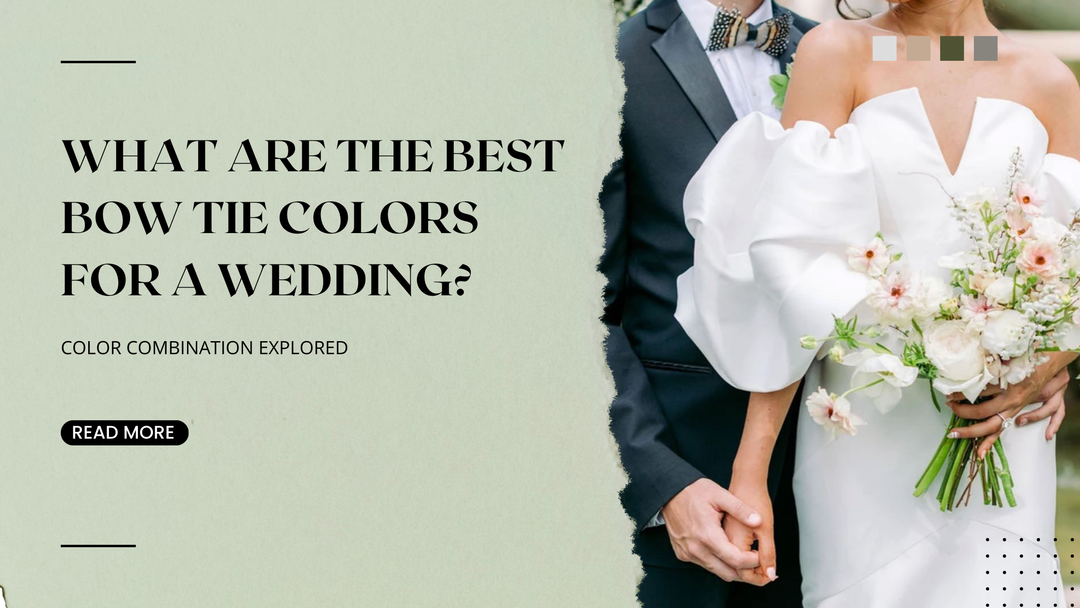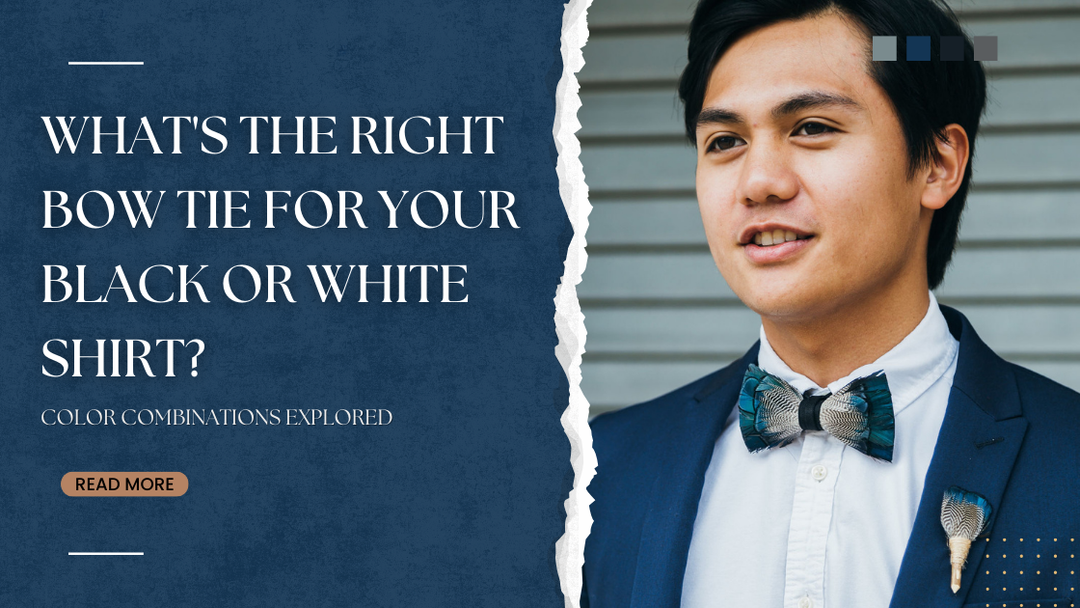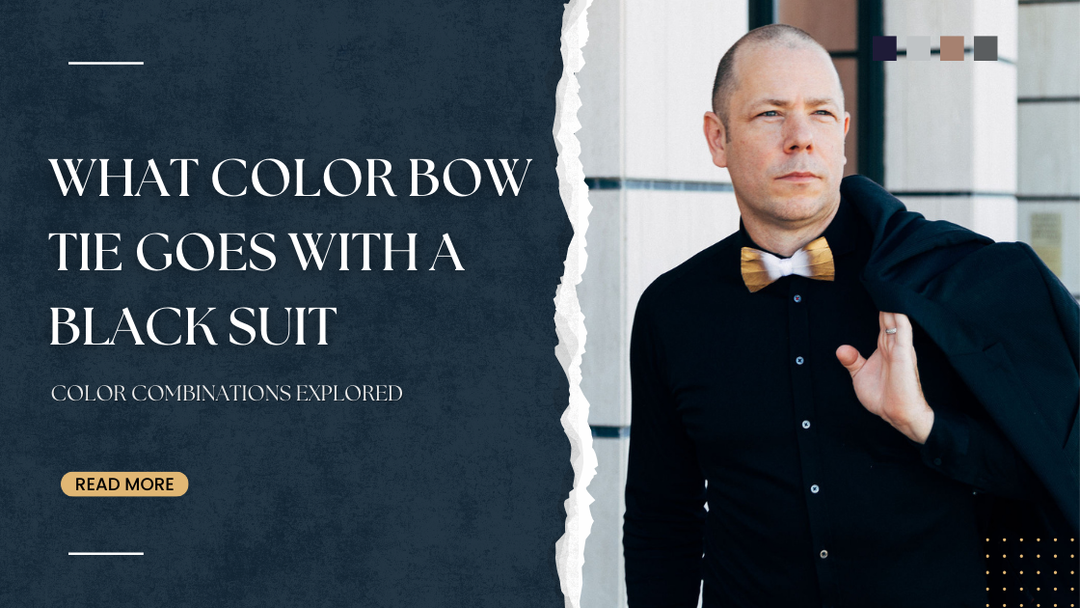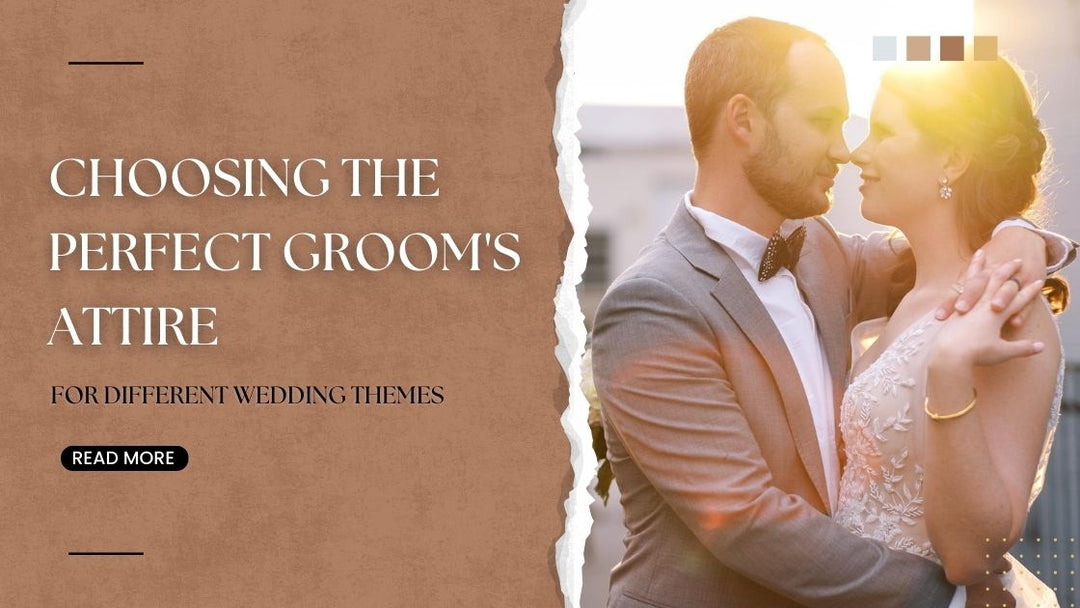All About Color Psychology | Do's and Don'ts When Wearing Something
When it comes to color psychology, there are a few dos and don'ts to keep in mind when wearing something. Here are a few tips to help you achieve the best results when dressing in color:
Do: Use complementary colors together. For example, wear blue with green or red with yellow. This will create a more balanced look and feel.
Don't: Wear two similarly-colored items together. For example, do not wear orange and green together. This will create an intense clash in a color that may be too overwhelming or jarring.
Color Psychology Do's and Don'ts When Wearing Something
Do:
- Make sure to choose the right color for your outfit.
- Match your accessories to your outfit.
- Avoid wearing colors that clash with each other.
- Always keep in mind the weather when selecting an outfit.
- Don't wear too much makeup or you will look too artificial.
- Make sure your hair is styled in a way that complements your outfit.
- Be aware of how people will react to what you're wearing and adjust your clothing accordingly.
What colors look the best?
The color psychology of clothing is an interesting topic to consider. What colors look good on you and what colors are best avoided? Here are some do's and don'ts when it comes to wearing something.

Do wear bright colors when you want to inject a bit of life into your appearance. They'll make you look happy and optimistic, which is always a good thing! You can just wear a wine-red nightclub paisley suit (jacket+pants). It is an incredible attire to look great.

Don't wear dark colors if you want to appear professional or authoritative. Dark colors can make you look serious, somber, or even intimidating. Instead, go for lighter shades that will make you look more approachable.
Do wear complementary colors together. This means that if you have green eyes, try wearing items in shades of green or blue together. This will give your outfit a more blended look and help to offset any discrepancies in your eye color.
Don't wear colors that clash with your skin tone. This will make you stand out too much and may give people the wrong idea about who you are. Instead, choose colors that compliment your skin tone and allow the two colors to work together harmoniously.
Colors to avoid

When it comes to color psychology, it's important to be aware of the do's and don'ts when wearing something. Here are a few tips to help you avoid some common colors that can have negative effects on your mood:
Do avoid wearing colors that make you feel anxious or stressed
Red and orange are two colors that are particularly notorious for causing this reaction, so try to stick to lighter shades if you're feeling particularly nervous.
Don’t wear colors that make you feel angry or frustrated
Bright green, red, and purple are all colors that can exacerbate these feelings, so try to keep things calm when you're out and about.
Do choose clothes that compliment your natural skin tone
If you have light skin, choose light colors such as white or pastel blues. If you have darker skin, choose darker colors like black or navy blue. This will help you look your best without sacrificing your mood.
Don’t go too dark or bright with your clothing choices
This will only serve to make you stand out more than necessary and will only create more negative emotions. Stick to either medium tones or neutrals so that you look professional and polished no matter what the situation may be.
Colors to Wear in Moderation or as Accents

When wearing something color, it is important to keep in mind the color psychology do's and don'ts so you can look your best. Here are some tips to follow:
DO wear colors that complement each other
When clothing is well-matched, it will appear more flattering and attractive. For example, if your hair is blonde and your clothes are mostly shades of blue or green, wearing a red dress might be a good idea.
Don’t wear colors that clash
When colors clash, they create an unpleasant appearance. For example, if you're wearing a bright yellow top with black pants, the combination will be jarring and unflattering.
DO choose neutrals as your foundation color
Neutrals work well with any outfit because they go with everything and always look good. Colors such as black, navy blue, and gray can be dressed up or down depending on the situation.
Don’t go too crazy when choosing your neutrals
Just as with any other type of clothing, going too heavy on the neutrals will make your outfit too boring and stereotypical. A good rule of thumb is to choose two or three neutrals to mix and match for an interesting look.
Conclusion
When it comes to color psychology, there are a few things to keep in mind when wearing something. For example, avoid wearing colors that clash with your skin tone and make you look washed out or pale. Also, be sure to choose complementary colors that will bring out the best features of your outfit rather than overwhelm them. And finally, think about what accessories you'll want to wear with the outfit — for example, if you're dressing up a basic outfit with an accessory like jewelry or a hat, make sure the color of that accessory is complementary to the main color of your clothing.









